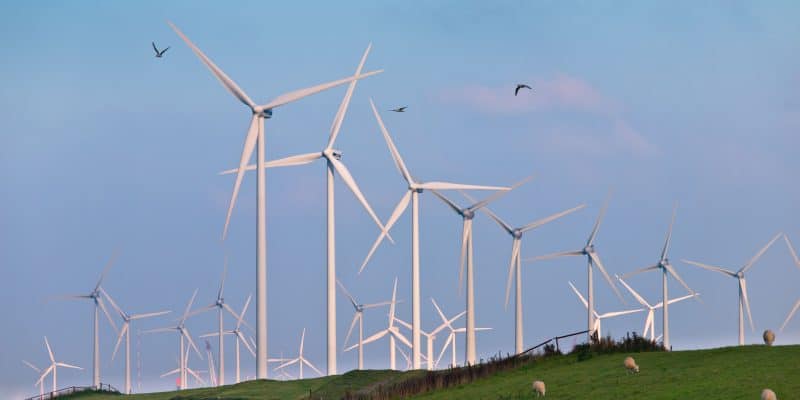BirdLife promotes the consideration of migratory birds in wind farm projects in Africa. The nature conservation organisation offers several tools such as Avistep and Shut Down on Demand, which help to avoid bird collisions in wind farms.
Green energy plants do not necessarily operate in a “clean” way. Especially in Africa, wind farms sometimes pose a threat to biodiversity, especially birds. The long-distance migratory Egyptian vulture, listed by the International Union for Conservation of Nature (IUCN) as globally endangered, is one of the birds at risk from wind farms in Africa. Thousands of the species have died from electrocution and collisions with poorly designed power lines or wind turbine blades along the species’ migration corridors.
According to studies conducted in South Africa by the conservation organisation BirdLife, 2,294 dead birds were counted at renewable energy production sites between 2006 and 2011. The Amur Falcon (Falco amurensis), the Jackal Buzzard (Buteo rufofuscus) and the Kestrel (Falco tinnunculus) paid the highest toll.
Preventive methods
To prevent migratory birds from falling on wind energy sites, BirdLife has developed risk screening tools, such as the Avian Sensitivity Tool for Energy Planning (AVISTEP), which is being rolled out in Africa and elsewhere. Avistep is an open source online application to help decision-makers identify where renewable energy infrastructure could impact on birds and should therefore be avoided, ensuring that energy facilities are developed in the most appropriate locations.
BirdLife also advocates the use of mitigation measures such as Shut Down on Demand (Shod) to prevent bird collisions at wind farms. Shod involves stopping the rotation of turbines to avoid collisions with vulnerable birds coming in the opposite direction. The device restarts the turbines when the threat of collision is no longer present.
Read also-SOUTH AFRICA: Government highly controversial Boulders wind project
Another solution is to paint the blades of the wind turbines black. According to Norwegian researchers, this technique could reduce bird strikes in wind farms by 70%. But tests are planned, notably in wind farms in the Netherlands and South Africa, to confirm that this significant reduction is not only due to the specificities of the bird species tested in Norway.
Boris Ngounou







